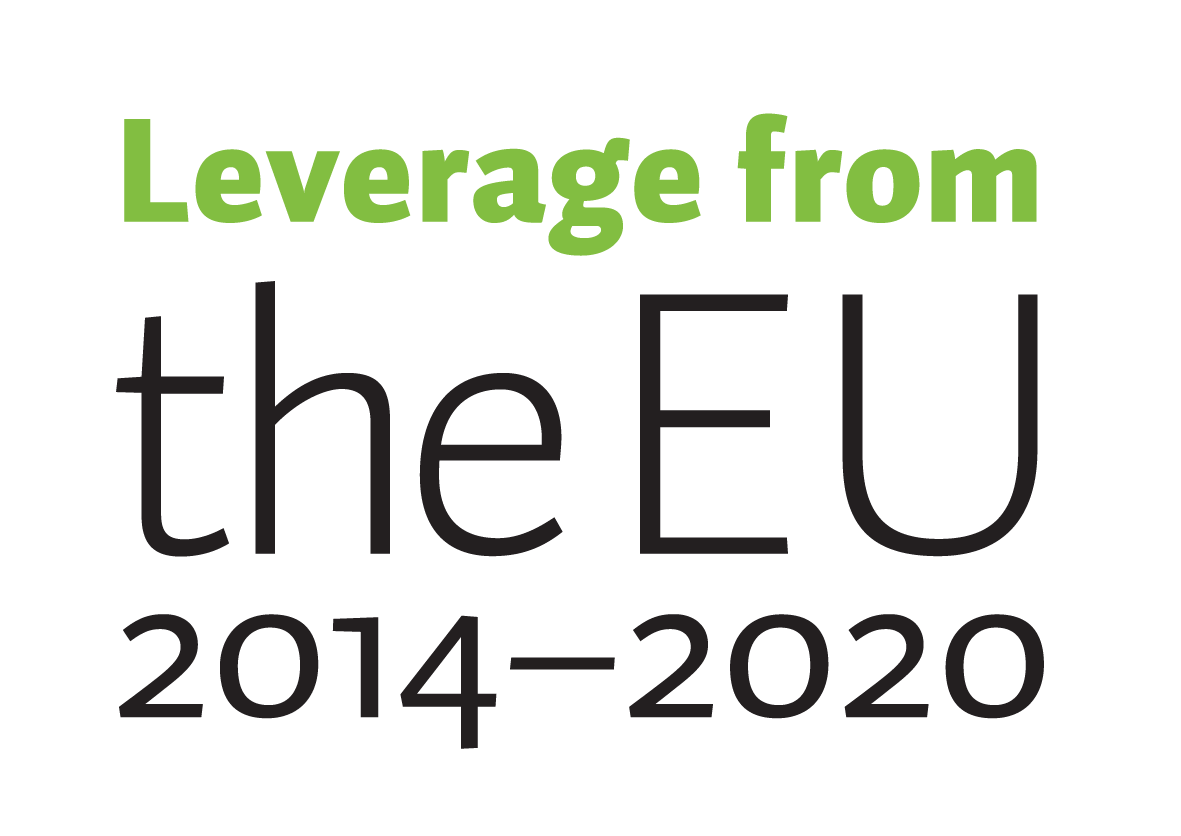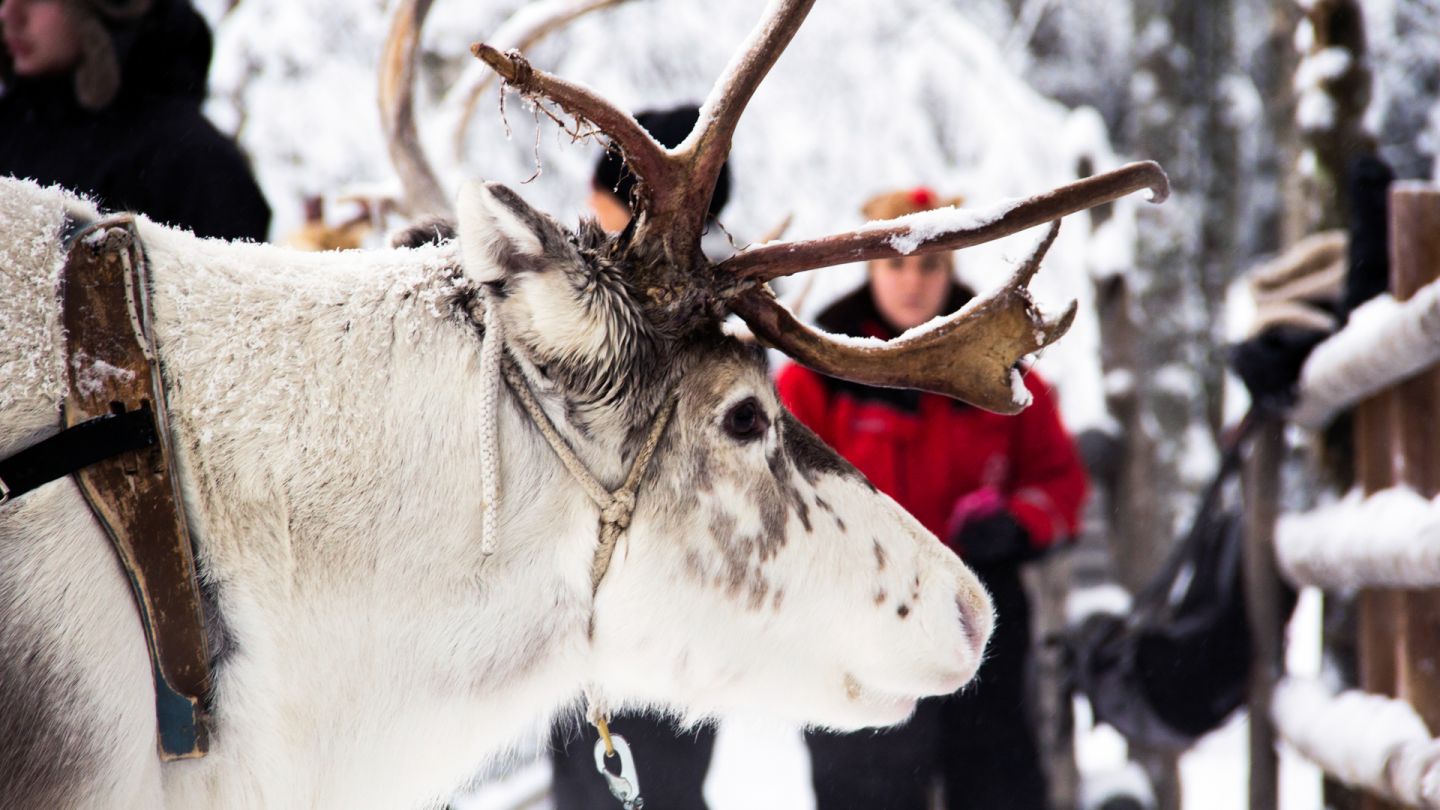Lapland’s international tourism is expected to return to its previous level slowly. The recovery of air traffic from the Covid-19 crisis is crucial, as airlines are leading the way in how and where tourism picks up.
International tourism is believed to show the first signs of recovery in Europe from July onwards.
– Travel flows might come to Lapland during the third quarter, but I hope that the autumn will get travellers moving. This would show stronger demand for Lapland’s environment, says Mikko Turtiainen, Finnair’s Vice President of Global Sales.
First, the demand for travelling to Lapland would potentially start from the United Kingdom, France, the Benelux countries, Germany and Switzerland, as well as Spain and Italy. With the growing demand, Finnair would be able to strengthen its flight connections. Asia and other distant region’s demand for Lapland and its start date are more uncertain. Turtiainen thinks that distant countries’ demand could initiate at the earliest from next Christmas.
The sales for Lapland’s next winter have already started but, as the season approaches, it’ll be clearer whether the trips will happen.
Although international tourism’s recovery is expected to start gradually in the summer of 2021, the former level will probably not be reached until 2023–2025.
Big opportunity awaits but clear travel policies are needed
A requirement for tourism’s recovery is a significant improvement in the global coronavirus situation. The number of cases will gradually decrease as vaccines and health security measures become effective.
Health security measures are being developed at airports, and destinations are stepping up their efforts to ensure safe travel. New practices influence the reopening of tourism, e.g. a possible vaccine certificate. According to TripAdvisor’s consumer survey, 77% of travellers say they will be more likely to travel internationally if they receive the vaccine.
The destination’s conspicuousness and accessibility advance the recovery of tourism in a very competitive environment. Once a destination is known, it is also more reliable, and good accessibility ensures an easy and safe transfer to the destination.
– Finland is one of the countries in Europe which has been able to control corona infections so Finland is safer for travellers, Mitsutaka Shoji, Director & Chairman of Kuoni Tumlare Corporation Japan, points out.
– Some big cities popularity as destinations have possibly decreased momentarily because right after Covid people don’t want to visit busy cities. Lapland’s, and Finland’s, strengths are even greater after Covid than before it. It’s an opportunity of a million bucks, says Turtiainen.
– Last year, we got feedback that Finland’s travel restrictions were confusing and hard to understand, Turtiainen mentions. He hopes that Finland’s travel restrictions would be clear and similar to other countries, when tourism returns, so the competitiveness can be maintained.
In Lapland, tourism’s ”bubble model” and other health security acts have been developed. The model was tested in practice in February when the FIA World Rally Championship 2021, Arctic Rally Finland, was held in Rovaniemi with only a two-month notice. The health security strategy worked well since cases were caught and isolated quickly, and they didn’t spread.
Lapland’s assets lead tourism into recovery
In connection with a design event Arctic Design Week in Rovaniemi, Virtual Travel Workshop is held online on the 23rd of March, where international tour operators and travel agents will meet Lappish tourism companies.
There are almost a hundred registered buyers and they represent 26 different nationalities, two-thirds of the buyers are from Europe and one-third is from Asia. One of the buyers is a Japanese travel agency, Kuoni Tumlare Corporation Japan, which brought around 30,000 travellers to Finland in 2019, and approximately 6,000 to Lapland between September 2019 and March 2020. The sales for trips to Lapland were growing fast before the pandemic.
– Auroras, unique accommodation, Santa Claus and great nature are the elements that encourage Japanese people to visit Lapland, says Director & Chairman Shoji.
Shoji is still unsure if international tourism will reopen in the fourth quarter. He believes that the demand from Asian countries will truly pick up in the winter of 2022 and 2023.
– I believe that people are still very much interested in visiting Lapland, especially in wintertime.
Another participant in the Virtual Travel Workshop is a Danish incoming tour operator Unique North Incoming which sells tours to travel agents especially in the Nordics, The Netherlands and Germany. The company has already sold a big Lapland tour series, which includes around 30 groups, to German customers.
– Our clients, travel agents, request that the products are ready for 2022 because if they can’t sell anything for this year then they can at least sell for next year, says Mie Margrethe Eriksen, Director of Sales and Contracting of Unique North Incoming.
Travel agencies want similar tours and programmes which have already been proven to be popular. It’s worth taking full advantage of the tours’ demand.
– One of the best assets in Lapland, besides the gorgeous nature and hospitality, is the density. You have two people living per square kilometre, Eriksen says.
Summer’s potential needs product development
During the autumn of 2020, House of Lapland, in cooperation with Kantar TNS, carried out market research in the Central European and British markets. The survey indicates that Lapland’s snow-free period has business potential equal to winter. Summer is also a good time for longer stays, which has a direct, positive effect on sustainability.
Director of Sales and Contracting Eriksen believes that Lapland is an interesting and inviting destination no matter the season. Unique North Incoming was selling a big tour series between seasons to a Danish travel agency before Covid-19, and it seemed to have a good demand until the trips had to be cancelled.
Also, Kuoni’s Director & Chairman Shoji sees potential in the snow-free period.
– We’ve been promoting the autumn season from September to November, and it’s a good time for watching auroras as well.
He believes that the summer season needs more developing for it to be suitable for Japanese travellers since many of them like to visit the Finnish southern coast area, like Helsinki and Turku, in the summers.
One indication of the attraction for northern summer is the opening up of direct international air connections. Lufthansa has announced that it’ll start direct flights from Frankfurt to Kuusamo during the summer season from the end of May to the end of October.
Once the acute corona crisis is overcome, the gradual transformation of the snow-free periods’ potential into sales will increase the year-round occupancy rate of Lapland’s accommodation businesses and the profitability of tourism companies in the future.
Published 03/2021



